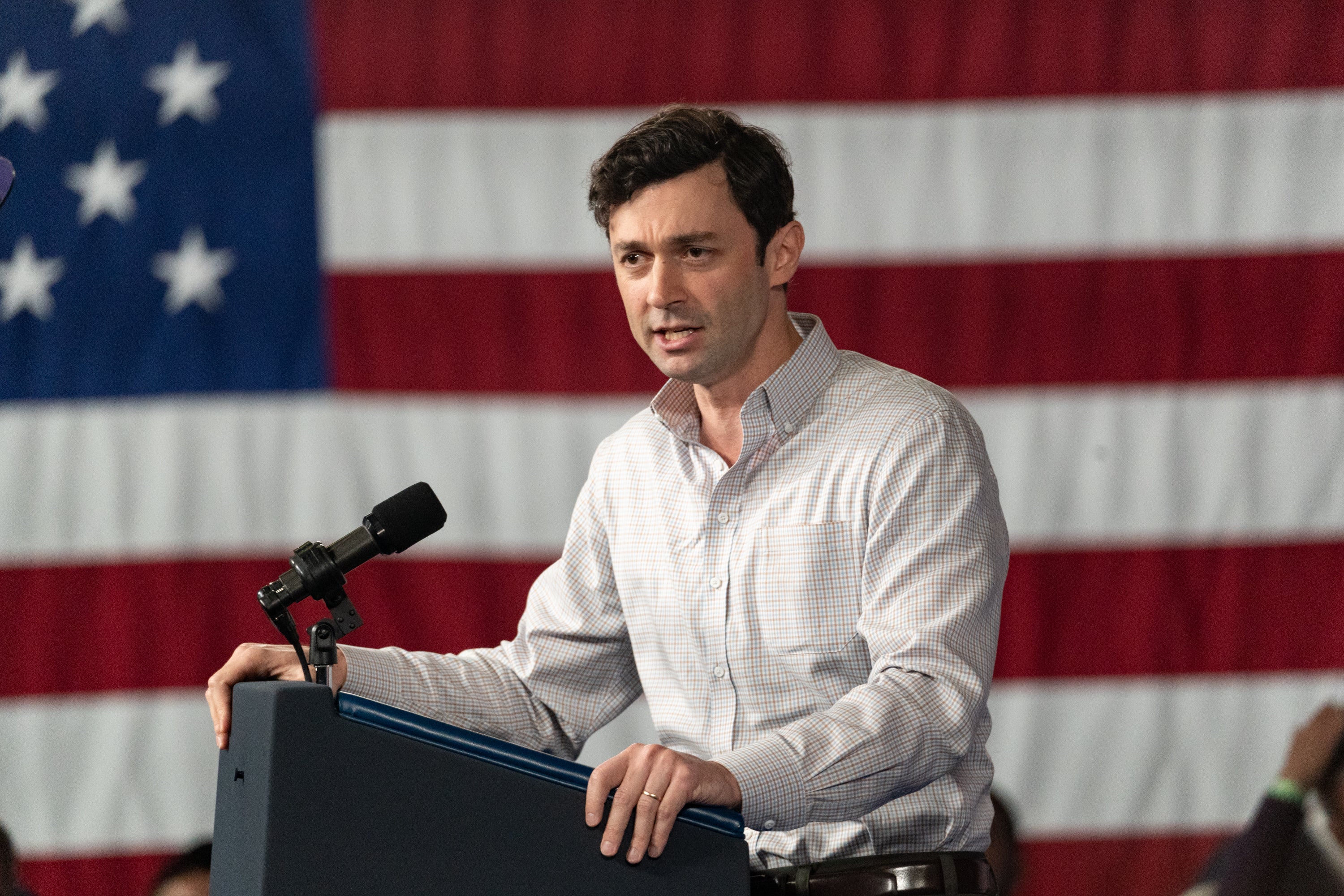Last month marked the end of the first quarter for 2025, which begins the fundraising season ahead of the 2026 midterm cycle. At this point, Democrats hope to ride on Donald Trump’s growing unpopularity to win back the Hosue of Representatives and maybe even win some Senate seats if they get lucky.
But there have been increasing questions about what the Democratic Party’s opposition will look like in the wake of its worst defeat in 20 years. Some have talked about the possibility of a Democratic Tea Party where they will be more confrontational toward Trump, or whether they should work in a more conciliatory manner
Of course, it’s hard to tell what kind of Democrats voters want since primaries will not take place until next year. If reports to the Federal Election Commission filed this week show anything, however, the verdict is clear: Democratic voters want fighters.
Rob Pyers, who runs California Targetbook, which tracks campaign fundraising, compiled a list of some of the biggest fundraisers.
In recent weeks, Sen. Bernie Sanders and Rep. Alexandria Ocasio-Cortez have engaged on a cross-country tour where they have specifically targeted Republican areas. And it looks like the approach has paid off. Ocasio-Cortez’s most recent FEC report showed she raised an eye-popping $9.6 million.
Ocasio-Cortez represents a deep-blue district in the Bronx and Queens, which means she likely will not need to spend that much cash to win her primary and general election. But it does give her a huge war chest to wield.
At minimum, she can use that cash pile should she seek higher office. Last month, when Senate Minority Leader Chuck Schumer announced he would vote for a stop-gap spending bill crafted by Republicans that most Democrats ardently opposed, many Democrats called on the progressive congresswoman to challenge Schumer in a primary.

Schumer is not up for re-election until 2028, but she would need every penny if she does challenge him. Or at minimum, Ocasio-Cortez could donate to Democrats challenging Republican incumbents, or shore up endangered Democrats.
Meanwhile, Sanders, who has long been a favorite of the left wing of the Democratic Party despite the fact he is an independent who caucuses with the Democrats, raised a whopping $11.4 million.
This comes despite the fact he is 83 and just won re-election to his Senate seat in November. Sanders is unlikely to seek the presidency a third time, but his cash pile can be leverage or the opportunity to help recruit more progressive candidates in races where Democratic leadership would prefer a moderate.
The same can be said for Rep. Jasmine Crockett of Texas. Crockett rose to prominence last Congress during her time on the House Oversight Committee when she offered aggressive responses to Republicans, most notably when she asked if referring to Rep. Marjorie Taylor Greene as a “bleach-blonde bad-built butch body” would count as a personal attack.

She has continued to rebut Republicans, notably jousting with Rep. Nancy Mace of South Carolina for Mace’s repeated attacks on transgender people. It seems to have literally paid off, since she raised $1.6 million, which Pyers noted was her best fundraising quarter yet.
All of these members are incumbents in safe seats. But even Democrats who show some level of fight in swing states raised strong numbers. Sen. Mark Kelly of Arizona, who clashed with Elon Musk but isn’t up for re-election until 2028, raised $3.9 million.
Perhaps the most endangered Democratic incumbent is Sen. Jon Ossoff of Georgia. Ossoff faces a potentially tough re-election in a state Trump won, particularly if the state’s popular Republican governor, Brian Kemp, jumps into the race.
But Ossoff raised almost $11.2 million this last fundraising quarter and has a little more than $11 million in the bank. Given how expensive the election will be next year, he will need every penny.







